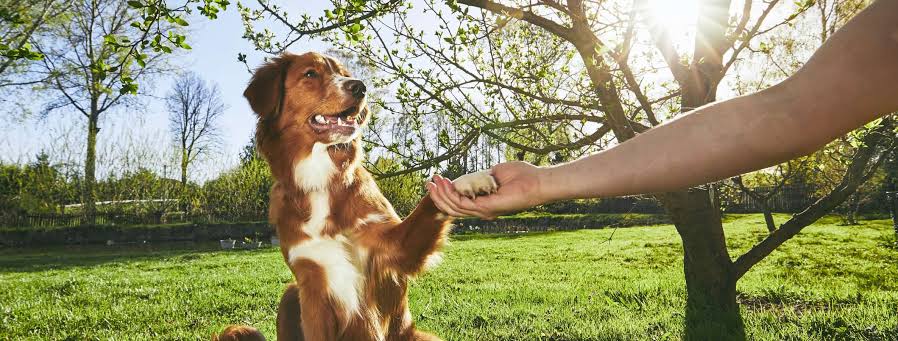Introduction
It is crucial to conduct research and gain an understanding of your puppy’s breed characteristics prior to beginning puppy training. Instincts, tendencies, and temperament characteristics are unique to each breed and can affect their training response and behaviour. Understanding the distinctive characteristics of your puppy’s breed, be it an intelligent Border Collie, an independent Shiba Inu, or a lively Labrador Retriever, will enable you to tailor your training methods for maximum effectiveness.
1. An Investigation into Breed Traits
Investigate the breed of your puppy in order to obtain knowledge regarding its inherent instincts, activity levels, and customary conduct. Consider breed history, intended use, and temperament in order to gain a deeper understanding of your puppy’s motivations and impulses. Developing an understanding of the breed characteristics of your puppy will enable you to predict possible obstacles and customize your in house training methodology accordingly.
2. Modifying Puppy Training Approaches:
It is time to tailor your training methods to your puppy’s specific requirements once you have a thorough comprehension of their breed characteristics. For instance, energetic dog varieties, such as Australian Shepherds and Border Collies, may flourish in mentally stimulating and physically demanding activities such as puzzle games or agility training. Conversely, intelligent dog varieties such as German Shepherds and Poodles may benefit from difficult obedience exercises and problem-solving tasks.
3. The process of personalizing commands and cues: Variations in breed-specific responsiveness to specific commands and signals may be observed. At the same time, some breeds may be naturally inclined toward scent work or tracking, while others may excel at retrieval or herding. Use your puppy’s strengths and interests to guide your training, and be consistent and patient when reinforcing desired behaviours. By adapting commands and signals to correspond with the breed tendencies of your puppy, you can augment their educational journey and foster a more profound connection.
4. The Resolution of Breed-Specific Obstacles
Every breed presents its own unique set of difficulties, including but not limited to intransigence, prey drive, and sensitivity to specific stimuli. It is crucial to identify and confront breed-specific obstacles in the early stages of training in order to avert the development of behavioural problems.
It is advisable to consult breed-specific resources or seasoned trainers for assistance in formulating effective strategies to manage and surmount these challenges. As you commence the endeavour of puppy training, bear in mind that there is no universally applicable training technique.
Why Us
Puppy training is not a piece of cake. It requires a complete understanding of the puppy’s breed, age, gender, and nature. We at madiahhinds.com specialize in all these things, which helps us provide the best training services.
Conclusion
How will you customize your training methodology to address the specific requirements and attributes of your puppy? Can you conceive of the delight and satisfaction that would result from fostering a lifelong bond with your puppy and cultivating its inherent abilities? Breed-specific training techniques offer boundless potential for development and foster a deep connection with one’s furry companion.





